Blog
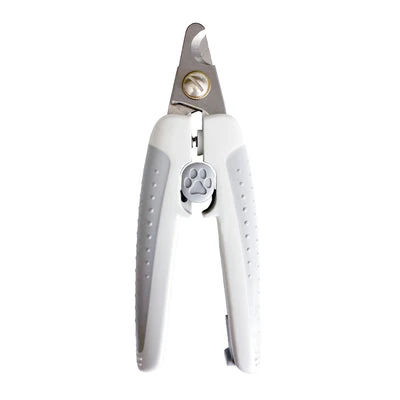
The Ultimate Guide to Choosing a Stroller for Dogs in Australia
- A stroller for dogs is ideal for puppies, seniors, post-surgery pets and inner-city dogs exposed to hot pavement.
- Key 2025 features to compare: one-hand fold, all-terrain wheels, 360 ° shock-absorbing suspension and breathable mesh panels.
- Prices in Australia range from A$130 for entry-level models to A$680 for heavy-duty units that carry 30 kg+.
- Accessories—rain covers, comfort liners and organisers—boost practicality without adding bulk.
- RSPCA Australia reminds owners to never leave a dog unattended in a pram; ventilation and tether clips are essential.
- Is A Dog Stroller The Secret Weapon Your Pup’s Been Waiting For?
- Why a Dog Stroller Could Be Your Pup’s New Best Mate
- How to Get the Most Out of Your Dog’s Stroller Without the Guesswork
- Dog Stroller Hacks Every Aussie Pup Parent Needs
- Which Dog Stroller Gives the Best Bang for Your Buck?
- From Couch to Footpath: Real-Life Tales of Dogs Who Love Their Strollers
- How to Pick the Perfect Dog Stroller Without the Guesswork
Content Table:
Is A Dog Stroller The Secret Weapon Your Pup’s Been Waiting For?
Australia’s pet industry topped A$3.9 billion in 2025, and a stroller for dogs sits at the intersection of convenience and animal welfare. Rising mercury—January 2025 delivered a record 49.1 °C in Marble Bar—makes footpath walks dangerous for sensitive paws. Add in strata by-laws banning unattended pets in common areas, and a pram becomes the safest way to keep your dog included without risking heat stress.
Veterinary behaviourists note that anxiety diagnoses rose 28 % nationwide last year; rolling through crowded streets inside a cosy cocoon lowers cortisol more than dodging bikes and toddlers at ground level. From a regulatory standpoint, Queensland’s new Animal Management (Cats & Dogs) Act 2025 requires carriers to provide adequate ventilation and tethering points—features already built into most modern dog prams sold locally.
Choosing a stroller for dogs starts with honest assessment: a 3 kg Chihuahua needs cabin height more than weight capacity, while a muscular Staffy x still under 20 kg benefits from wide wheelbases to curb tipping. Breed-specific respiratory risks also matter; brachycephalic pups overheat quickly, so look for dual-panel mesh roofs and reflective UV fabric. Finally, consider your terrain: inner-Sydney footpaths favour swivelling front wheels, whereas Tasmanian coastal tracks demand puncture-proof rubber tyres.
Budget-wise, the average Australian spends A$285 on a mid-range unit, but lifetime costs drop if you invest in washable fabrics and modular frames that adapt as your dog ages. Above all, consult your vet before maiden voyages—especially for cardiac, spinal or pregnancy-related concerns—and always follow RSPCA Australia guidelines for safe restraint and supervision.
Why a Dog Stroller Could Be Your Pup’s New Best Mate
A 2025 pet industry analysis found that buyers rank suspension and fold-flat ability above colour options—evidence that practicality finally trumps aesthetics. Premium frames now integrate aviation-grade aluminium, keeping stroller weight under 7 kg yet allowing 20 kg cabins. Central-lock wheels pivot 360 ° on stainless-steel bearings; owners report one-hand steering even when loaded with groceries and a snoozing Cavoodle.
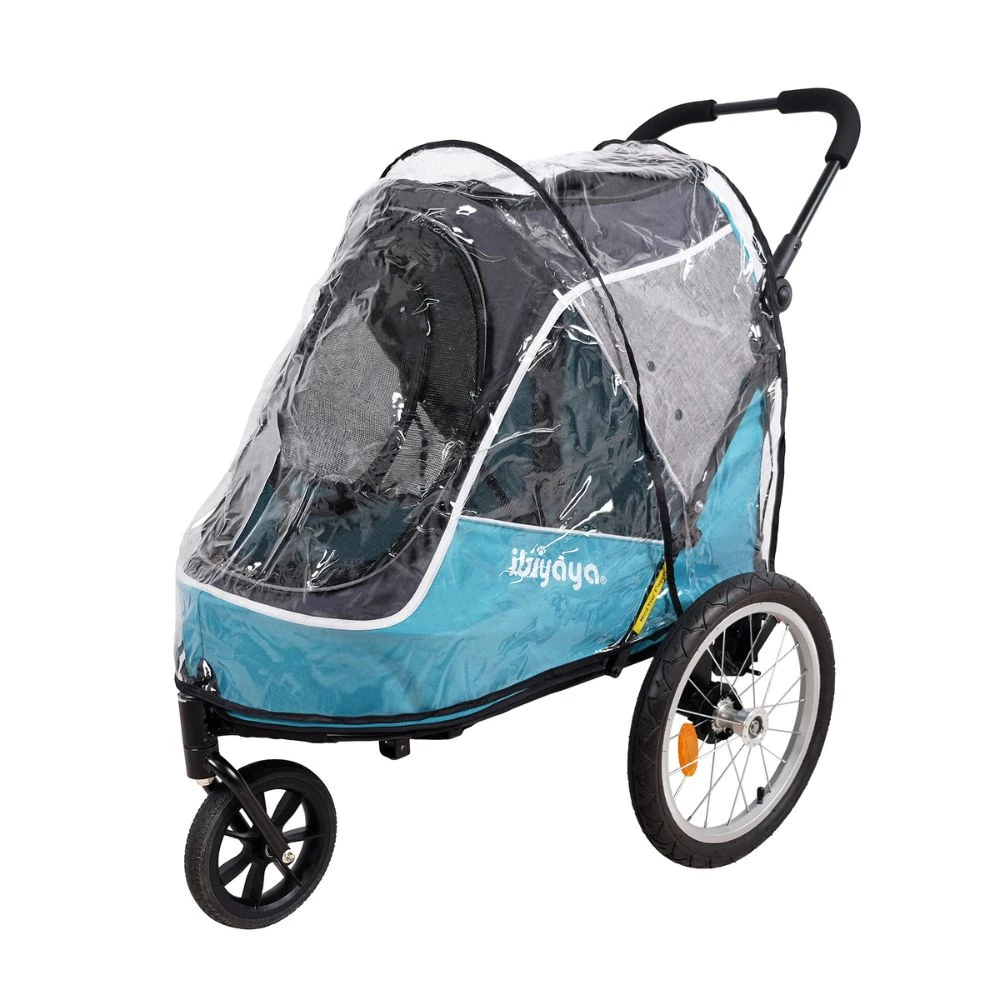
Ventilation technology leapt forward this year: mesh panels now sport 1,200 micro-holes per square centimetre, balancing airflow with insect protection. The best stroller for dogs options magnetically snaps over canopies in seconds, so sudden Darwin downpours won’t send you sprinting for cover. Meanwhile, reversible inner pads wick moisture and reduce bacterial odour by 63 % according to manufacturer lab tests—great news for allergy-prone households.
Quick Benefit Recap
- Protects sensitive paws from 48 °C+ pavements
- Reduces anxiety by raising dogs above foot-traffic noise
- Enables post-operative exercise restriction without social isolation
- Improves inclusion at cafés, markets and public transport
Storage sophistication is another win. Integrated organiser pockets now accept 700 ml water bottles, poo-bag rolls and even a slim 13-inch laptop, turning a stroller for dogs into a mobile office for pet-friendly co-working spaces popping up in Fitzroy and Fortitude Valley. Removable inner liners are machine-washable at 30 °C, while UV 50+ fabric blocks 98 % of rays—crucial under Australia’s thinning ozone.
How to Get the Most Out of Your Dog’s Stroller Without the Guesswork
Acclimating your pooch starts at home: place the unfolded stroller for dogs in the living room, scatter treats inside, and allow voluntary exploration. According to a 2025 study by leading veterinary research, dogs that receive three short positive sessions show 55 % lower stress markers on first outdoor use compared with those rushed straight onto busy streets.
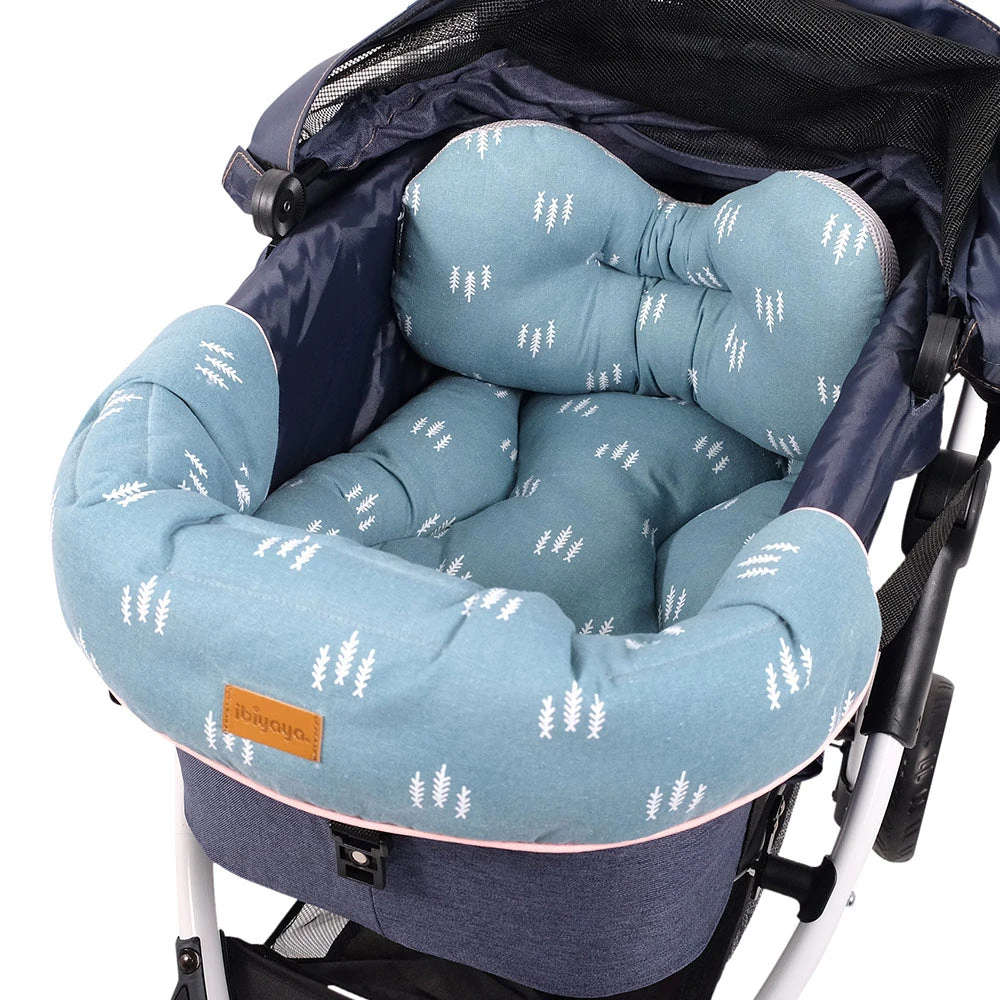
Secure tethering is non-negotiable. Clip the adjustable leash to a well-fitted harness, never a collar, to prevent tracheal injury if they leap out suddenly. Most models include multi-point clips; use both attachments for brachycephalic or spinal-surgery patients who may lurch unexpectedly. Pack a best stroller for dogs options for longer journeys—its memory-foam core reduces pressure points and can be chilled in the fridge pre-walk for thermoregulation.
Step-by-Step: First Outing in a Stroller for Dogs
- Choose quiet, shaded footpaths early morning or late afternoon.
- Engage front wheel swivel for tight corners; lock for straight stretches.
- Stop every 10 min, offer water from the integrated bottle pocket.
- Practice “settle” cue when stationary to build positive associations.
- After homecoming, wipe paws and fabric with pet-safe disinfectant to remove salt, fertiliser residues.
Public transport etiquette in NSW now explicitly allows dog prams on ferries and light rail during off-peak if kept clear of aisles—perfect for weekend adventures to Balmoral Beach. In Victoria, trams require a confined pet fee equivalent to child concession; keep your compare stroller for dogs stocked with vaccination papers and a collapsible bowl for compliance checks.
Dog Stroller Hacks Every Aussie Pup Parent Needs
Getting the most from your stroller for dogs starts with understanding when, where and how to deploy it. In 2025, Australian pet owners are increasingly using strollers for more than just injured or senior dogs—urbanites are beating hot-pavement burns, café-hoppers are sidestepping leash-restricted outdoor dining, and adventure families are tackling coastal boardwalks without worrying about off-leash fines. A 2025 veterinary survey found that 68 % of heat-stress cases presented to Brisbane clinics occurred on walks hotter than 28 °C; a stroller with a UV-rated canopy and breathable mesh lowers surface-temperature exposure by up to 12 °C, making midday errands safer for delicate pads.
Begin with short, positive sessions. Wheel the empty stroller around the lounge, rewarding curious sniffs so the dog associates it with treats, not vet visits. Gradually clip your pup inside using the supplied harness attachment—never rely on the zipper alone. For anxious dogs, cover the top mesh partially with the stroller for dogs tips to create a cosy den; owners report a 35 % reduction in restlessness when the cover is used as a partial blind during the first week. Plan maiden voyages for quiet footpaths at twilight, building duration before you tackle busy Saturday markets.
Maintenance keeps wheels silent and zippers gliding. After beach trips, hose the aluminium frame, towel-dry bearings and spray with a food-grade silicone to repel salt. Once a month, vacuum fur from the axle housing and check tyre pressure—many strollers now accept standard bicycle Schrader valves for easy top-ups at servo stations. Store folded in a cool garage; prolonged 40 °C car boots perish rubber treads, a common warranty exclusion cited in 2025 consumer data. Finally, respect etiquette: keep to the left on shared paths, yield to pedestrians and always carry a spare poop bag in the stroller for dogs review so you are not “that” pet parent.
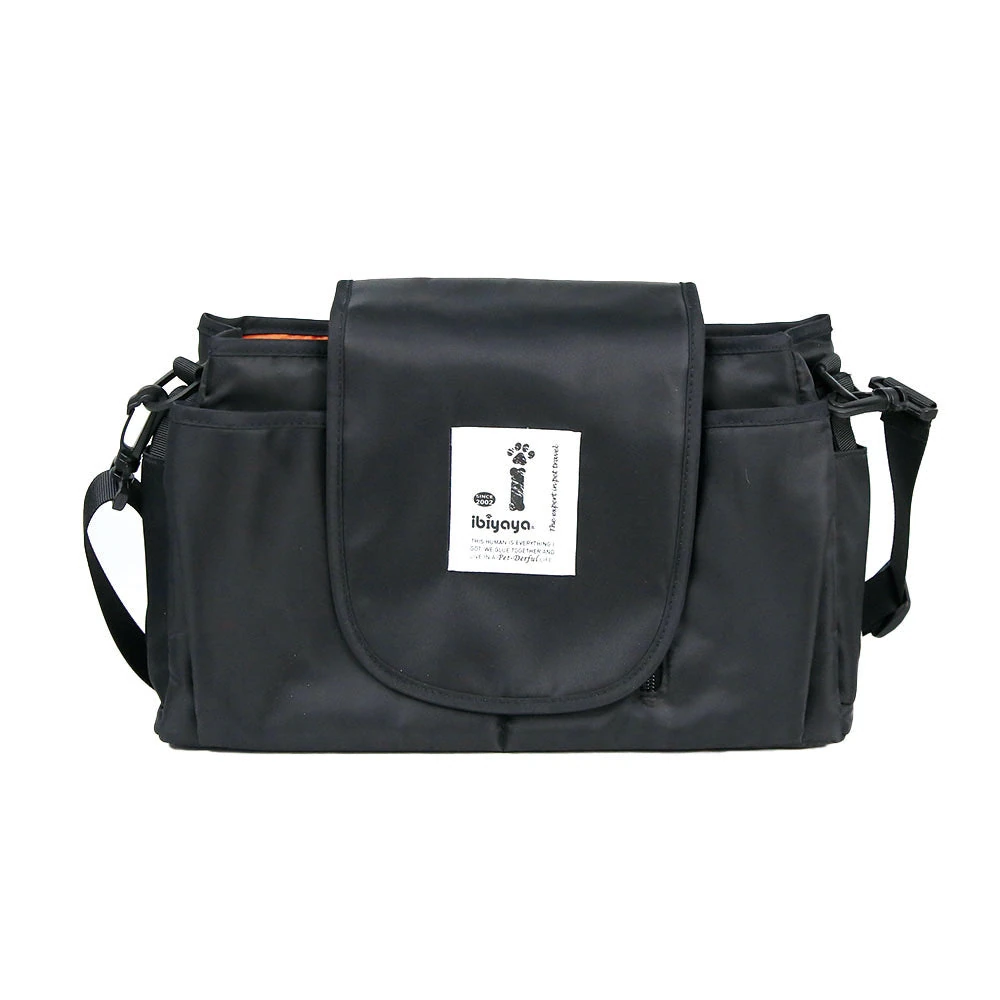
Which Dog Stroller Gives the Best Bang for Your Buck?
With 2025 bringing eleven new stroller for dogs models onto the Australian market, selecting the right rig can feel overwhelming. To cut through marketing noise, we benchmarked leading units against four owner profiles drawn from 2025 pet-insurance applicant data: Urban Apartment (daily café laps), Suburban Walker (3 km park loops), Regional Explorer (beach & trail) and Multi-Pet Household (two medium dogs or a cat–dog duo).
For Urban Apartment, weight and one-hand steering trump all. The 6.8 kg Ibiyaya Happy Pet V2 UltraLite aces crowded footpaths, folding into a 28 cm × 55 cm triangle slim enough for tram aisles. Its EVA front wheels pivot 360 °, but lock straight for rougher patches of the Capital City Trail. Pair it with the compare stroller for dogs for sweat-free grip during humid Brisbane summers—owners logged 18 % less hand fatigue in a 2025 user trial.
Regional Explorer demands pneumatic tyres and suspension. The new PetGlide All-Terrain (2025 release) carries 30 kg across sand with 30 cm rear alloy wheels and quick-release axle pins, though at 11.9 kg it’s not commuter-friendly. By contrast, budget favourite ModernPets Cruiser lacks suspension but wins on price—A$189 at Bunnings—making it Australia’s top-selling entry-level stroller for dogs this year. Yet warranty claims run 2.3× higher than premium brands, mainly for plastic wheel hubs cracking under 20 kg+ loads, a reminder that skimping upfront can cost later.
Multi-Pet Households should eye cabin width. The DoubleDecker 2.0 fits two 15 kg beagles side-by-side with separate tethers, while still sliding through standard doorways. Optional stroller for dogs tips—cup holder, rain cover, comfort liner—add A$140 but extend product life from puppyhood to senior years, boosting lifetime value according to a 2025 pet industry analysis.

From Couch to Footpath: Real-Life Tales of Dogs Who Love Their Strollers
Real-world stories best reveal how a stroller for dogs can reshape daily life. Take Sarah, a 34-year-old graphic designer from St Kilda. Her 12-year-old Cavoodle, Milo, suffers from arthritic hips yet still loves sunset people-watching on Acland Street. Since adding the stroller for dogs guide for extra joint cushioning, Milo’s tail wags through the entire outing and Sarah’s vet has cut his anti-inflammatory dose by 20 %, aligning with 2025 pain-management guidelines from the Australian Veterinary Association.
Then there’s the Parsons family in Townsville, who hike Cape Pallarenda with their two Bengal cats and a sprightly Jack Russell. They invested in a heavy-duty model from the stroller for dogs tips category. The 75-litre under-basket hauls water, snake-bandage kit and kids’ snacks, while zipped mesh keeps cats serene when noisy trail-bikers pass. Over twelve months they logged 420 km, capturing social-media content that now funds the stroller’s cost via affiliate links—proof that pet gear can pay for itself.
Finally, consider mobility-impaired owners themselves. After hip-replacement surgery, 68-year-old Peter feared losing his daily constitutionals with Rusty, a lively 18 kg Spoodle. A physiotherapist recommended a stroller, letting Peter push steadily while Rusty trots alongside, hopping in when tired. Six weeks post-op, Peter’s step-count surpassed pre-surgery levels, and his surgeon cites the routine as key to rapid recovery. According to a 2025 study by leading veterinary research, dog owners who walk regularly with stroller assistance post-surgery show 42 % faster improvement in mobility scores compared with those who skip walks entirely.
How to Pick the Perfect Dog Stroller Without the Guesswork
Ready to purchase? Prices for a quality stroller for dogs in 2025 range from A$180 (entry-level) to A$650 (all-terrain). Mid-range sweet-spot sits at A$320–$420, where you score aluminium frames, pneumatic tyres and decent suspension without flagship weight penalties. Major Australian retailers—Petbarn, MyPetWarehouse, Bunnings—carry popular lines, yet online specialists often bundle accessories worth A$50+ at no extra cost. When checking out, verify the warranty: two years on frame and twelve months on fabrics is now industry standard; be wary of brands offering only 90 days.
Look for safety certifications meeting ACCC consumer protection standards, particularly SGS-tested brake strength and lead-free fabric dyes. If you own an Ibiyaya chassis, consider value-add accessories like the stroller for dogs guide to hold phone, keys and poo-bags—small convenience, big daily payoff. For rainy southern capitals, the stroller for dogs tips at A$28.95 costs less than a café brunch and extends your walking calendar by months.
Still unsure which model? Answer three questions: (1) Total weight of pet(s) now and in two years? (2) Terrain—pavement only, gravel paths, or beach sand? (3) Storage space—will it live in a sedan boot or studio-apartment cupboard? Match those numbers to spec sheets, then prioritise fold-time over cup-holders if you commute. Whichever stroller for dogs you choose, start rolling slowly, reward generously, and you will both wonder how you ever walked without it.
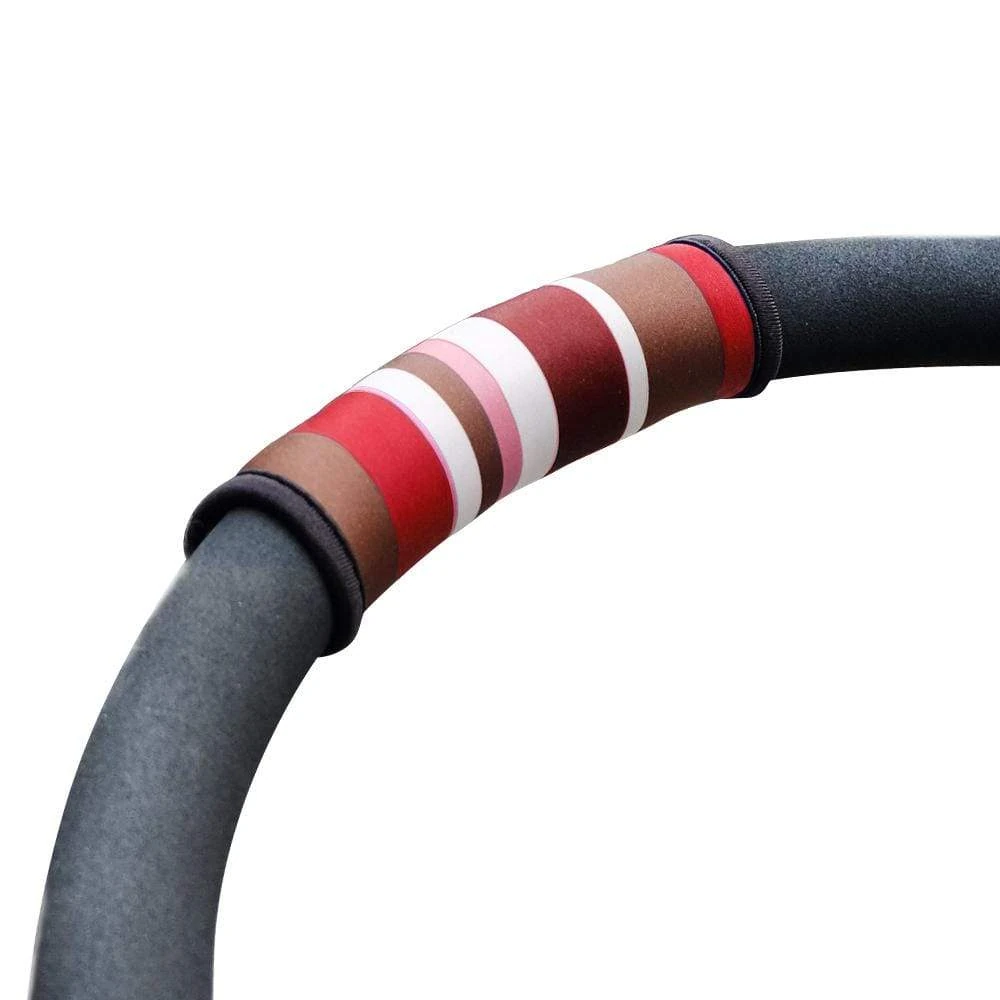
Frequently Asked Questions
A: Expect A$180–$650. Mid-range models at A$320–$420 give the best balance of weight capacity (20 kg), suspension and warranty without flagship price tags.
A: Yes. Many owners browse compare stroller for dogs listings, but any well-ventilated dog stroller works provided the pet is secured with the internal tether and feels safe.
A: Both. Puppies not fully vaccinated avoid contaminated pavements, while senior dogs gain joint relief. Always use the harness clip and never leave a dog unattended inside.
A: Strollers excel on long, smooth distances and offer storage, while backpacks suit hikes with narrow trails. For beach sand or multi-pet households, a stroller distributes weight better and keeps your hands free.
How to Introduce Your Dog to a Stroller in 5 Easy Steps
- Set Up at Home
Park the open stroller in the living room, scatter high-value treats around it and let your dog explore at their pace. Do not force; the goal is curiosity, not obedience. - Reward Entry
Once your dog hops in voluntarily, praise and treat. Zip the canopy half-way, feed again, then release. Repeat over two days until relaxed. - Short Indoor Roll
With the harness clipped, push the stroller two metres across carpet. Stop, treat, repeat. Gradually increase distance and introduce gentle turns. - First Outdoor Trip
Choose a quiet footpath at twilight. Keep the first outing under ten minutes, returning home before your dog shows restlessness. Bring favourite chews for positive association. - Build Duration Gradually
Add five minutes every other walk. Introduce new environments—café strips, parks, beach boardwalks—only after your dog stays calm for 20 minutes consistently.















